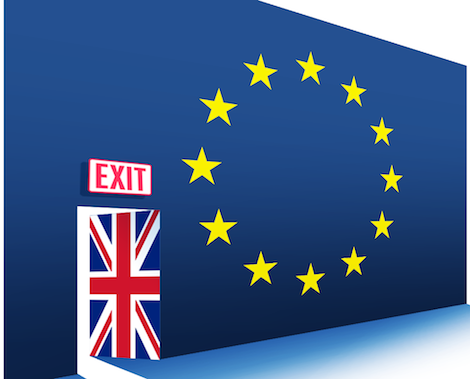
Before Brexit is finalised, there is a lot of work to be done, with one of the most recent priorities being data transference between the UK and the EU. This is because both the Government and businesses have expressed their reservations regarding personal data traffic post-Brexit, especially in the event of a ‘no deal’ Brexit.
In order to combat this issue, a new Data Law Committee has been implemented in order to discuss future legislation regarding Data Protection and Privacy law. The City of London Law Society announced the introduction of the Data Law Committee, with Jon Bartley, the chairman of the committee describing it as “pivotal moment” for Privacy law.
The Committee is in place in order to discuss all aspects of Data Privacy and Cybersecurity legislation. However, Jon Bartley, the Committee Chairman and Partner at the Corporate and Insurance law firm Reynolds Porter Chamberlain, announced that Brexit is “our first and most urgent area of interest.”.



